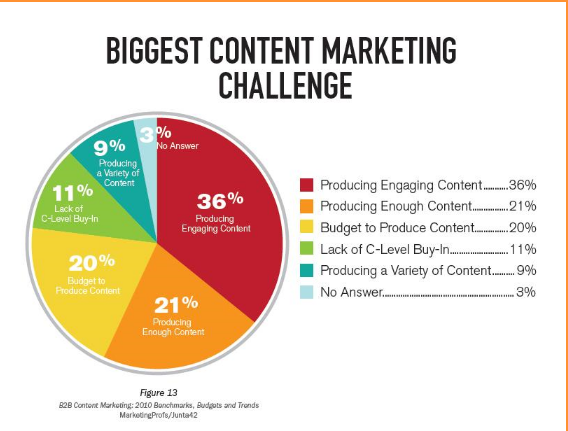 What does it mean to write content that “engages” readers? What the heck is engaging content? According to a recent survey by the Content Marketing Institute, this is the #1 challenge for people charged with creating content that markets businesses.
What does it mean to write content that “engages” readers? What the heck is engaging content? According to a recent survey by the Content Marketing Institute, this is the #1 challenge for people charged with creating content that markets businesses.
These questions are asked and answered by a distinguished group of contributors to the Content Marketing Institute’s blog and you can read the post here: What Does Engaging Content Mean?
I contributed my take: your content must create an emotional impact in the brains of readers if you hope to influence them to take any sort of action.
Here’s a summary of the ideas, in case you’re in a hurry:
- Make sure content is relevant to your audience and helps them with an issue they have right now.
- Give your audience something that they can’t find anywhere else.
- Be entertaining, educational or both.
- Tell the audience a story.
- Invite the viewer to engage with you further by adding a call to action. Read More→










